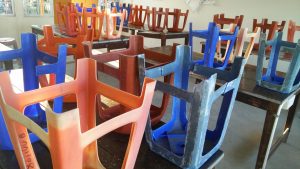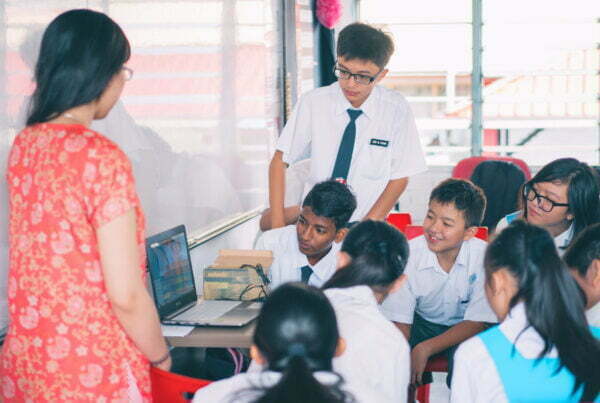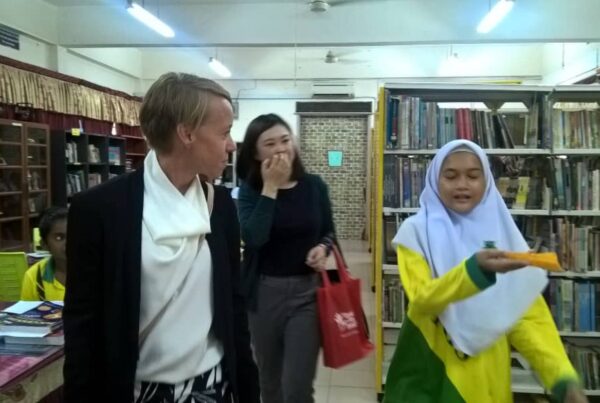At the end of 2014, I got my posting for the Teach For Malaysia Fellowship. I unwrapped a piece of paper that had the name of my school and was instantly filled with dread when I realised I had been delegated to Miri, Sarawak. Like many non-Borneans, I had never been to that side of Malaysia and had all the stereotypical a ssumptions most people from the Peninsular have: that there would be no electricity, no internet, and I’d be living in the middle of a jungle. After talking it over with my loved ones, including my Sarawakian-born then-boyfriend now-husband, I decided it would be hypocritical of me not to go. So I went.
Luckily for me, my assumptions were mostly wrong, as I had wound up in a semi-urban school and I lived 20 minutes away from town. Yes, I had electricity, an internet connection, and water. It was just like any other small town in Malaysia, just with friendlier people. All that being said, that didn’t mean it was paradise. Teaching in Miri was a sobering experience for me on how big the education gap was, not only between socioeconomic classes in Malaysia but also between the Peninsular and Sarawak.
SCHOOL-LEVEL STRUGGLES
In the early months before I got to know my students properly, I already started seeing the gaps in the system that prevents education equity. My school was among the most sought out secondary schools in Miri, and yet I had the following experiences:

Picture of the chairs at the science lab. Eventually, another TFM Fellow at the school raised money to upgrade them to wooden stools.
- I taught Science and the labs were poorly equipped, with broken plastic chairs and subpar equipment. The school did not fix or upgrade the labs due to a lack of funds and the bureaucratic load that comes with ordering new equipment through the system. There were times when the lab assistants even pitched in their own money to buy equipment because they felt sorry for the students.
- We had a building which was supposed to be torn down a decade ago but was (and probably is) still being used to house students. The school had 2,000 plus students and not enough classrooms. Year after year, they tried to reduce the intake of students, but they had no control over how many were sent over by the Pejabat Pendidikan Daerah (district education office). This is despite many requests by the principal to the district office to redirect new Form 1 students to other schools. If the “unsafe” building was not used, students would have to study in open areas like the field.
- All the best teachers in school were allocated to students from better-performing classes. These classes were smaller in size and even had a differently-coloured uniform to differentiate them from the “regular” students who weren’t high performers. This uniform differentiation was first introduced as an incentive for students to aim to enter better classes and so there is a sense of “status” for being in a better-performing class. While it did achieve that objective, there is a clear disparity and disharmony among students who donned the uniform and those who didn’t; the students who didn’t often felt ostracised by the better students, and the better students generally turned their noses up at the weaker classes which led to a sense of entitlement that was not just unnecessary, but false (as it doesn’t work that way out in the real world).
- In my second year as a Fellow, I was in charge of the volleyball club and the students were preparing to go for a competition. They had to buy their own jerseys because the school’s co-curricular funding was cut by 70% by the state that year.
- Electricity cuts were extremely common, and students have to suffer through the heat, even during examinations. Well, the teachers suffered too, because we had a rat-infested staffroom and our air-conditioners didn’t work because the wiring was always ruined by the rats!

Students completing their exam papers in a fanless, hot, and humid environment
These were only the tip of the iceberg; the realities of education inequity hit even harder when I started to get to know my students and their context over the two years of the Fellowship…
Continued in Part 2.






